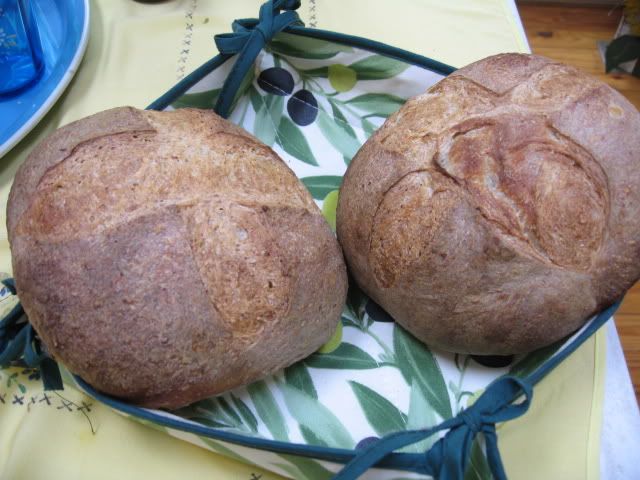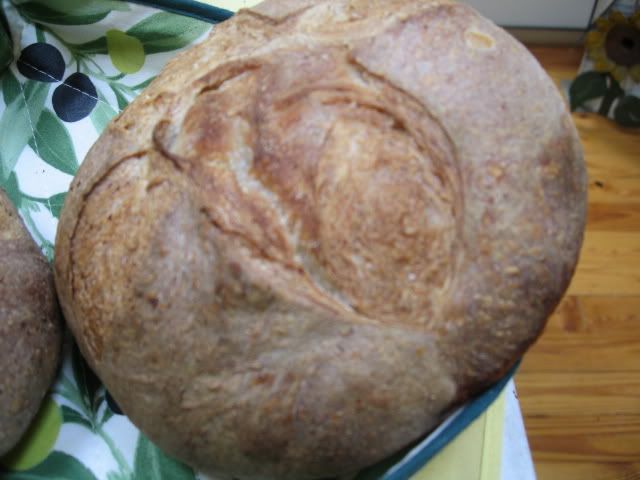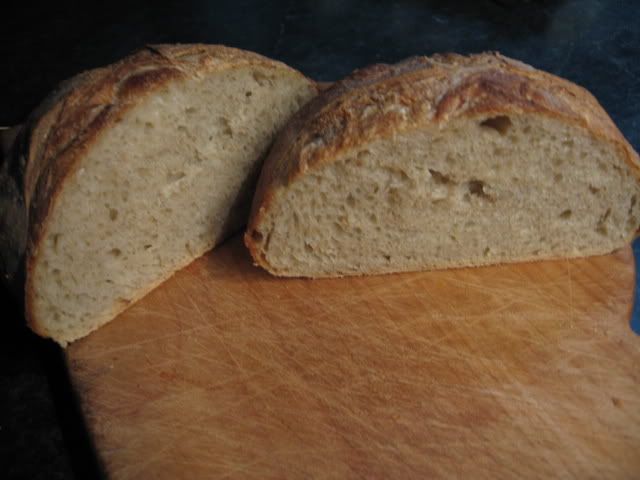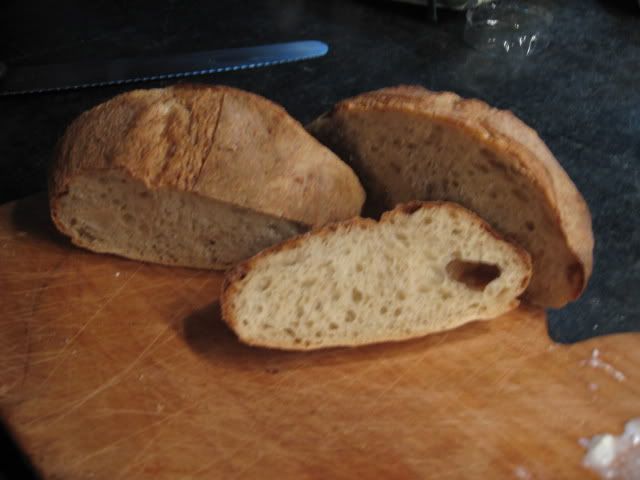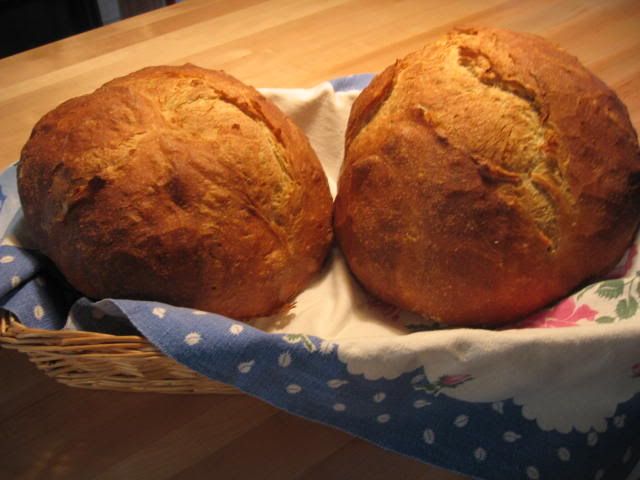
Pizza dough tearing apart easily- need diagnosis
I was being both parsimonious and curious when I decided to make pizza dough using a 100% starter that had been sitting in the back of the fridge for 3 months without feeding. To it, I added a small amount of active starter, and let this preferment mixture sit overnight at room temp. The next day, I proceeded to add the salt, olive oil, and flour to the consistency that I thought was proper. I then kneaded the dough using the dough setting on my breadmachine. That same day, I tried making pizza. I knew there was problem as soon as I saw the dough tearing as I attempted to stretch it. It looked like there wasn't enough gluten development, but it couldn't have been the kneading since I used manual and breadmachine kneading. Might it be the yeast, or lack of it? I'm grasping at straws here; I always read the lack of gluten development comes from inadequate kneading.




